A history of Chesterfield coats
4January 24, 2014 by Ville Raivio
I am reluctant to write that there ever was the Chesterfield model, but rather many improvisations on a single tune. Any Chesterfield is an understated, woollen, usually dark and formal coat. It was born sometime in the mid 1800s and its name has a few theories behind it. Either the name came from the town of Chesterfield or the sixth Earl of Chesterfield, a favourite of contemporary high society. Jenny Lister, fashion curator at the Victoria and Albert Museum in London, states the following: “The origin is not immediately clear, but [the name] was used as a marketing tool by coat manufacturers of the 1840s to attach it to a person of influence, which at that time was usually a titled aristocrat, even if he never actually wore or promoted the style.”
Products from Pukimo Raivio
Ralph Lauren, Black Label suit, size 52EU
Victorian stiffness in tiny lapels
When the first models appeared, they really were different. Waist seams, so common in form-fondling Victorian jackets and coats, were not used in these models, and the cut was loose. While the current viewer may mix Chesterfields with frock coats worn indoors instead of our latter-day suits, Chesterfields were made and reserved for outerwear and worn by gentlemen and esquires. Chesterfield versions have changed in cut and details with the times, and no variable has been carved in stone. Looking at historical samples in various museums, there are a few details which can be used to identify a Chesterfield. Although they rarely have waist suppression, nipped models are offered today by a few makers. A single-breasted Chesty, if you may, usually has a clean and tidy fly front.
Anthony Eden in single-breasted Chesterfield with double-breasted lapels
Double-breasted Chesties usually sport six buttons, three on either side, of which two or three are used for closing. Some models also have a breast pocket for housing one handkerchief, pair of glasses, liquor bottle, so on, while some have none. One detail to note are velvet collars, but not all makers and models have them. The story states that velvet collars were very handy back when men wore long perukes. When collars under these heavy, powdered, perfumed creations were soiled or brushed to ruin, the velvet parts were easier to replace than searching for an exact or close bolt of cloth. Most Chesterfields also have flapped pockets with an occasional ticket pocket. To make a long chapter shorter, if a coat has no waist suppression, is understated, dark and has a fly front along with velvet collars, it is most likely a Chesterfield.
A light German version from the ’30s
Today, thanks to their plain look along with interesting visual details, Chesterfields are the most formal coat a man can don. They are an excellent complement to the most formal suits from the rare three-piece ones with double-breasted vests to the usual navy workhorses, but seem too formal with light suits and casual cloths. The grandest occasions calling for dinner suits or even tails definitely require Chesterfields, though there have been occasional sightings of go-to-hell men in black and white with camelhair polo coats. Mon estomac, Hercule Poirot would think, and close his eyes determinedly.
Good old James in Live and Let Die
Should the reader be on the lookout for the most formal, the finest Chesterfields have a plain black, dark grey or navy blue cloth, breast pocket, a smallish lapel with fly front or a wider double-breasted one, suitably loose cut and buttons on the sleeve end. The casual version, still somewhat available, is a light-grey herringbone one. Although Chesterfields won’t lend themselves easily to sets with jeans, the coat has allowed men to offer the best version of themselves in celebration and everyday work for around 150 years. Formality can also be a joy.
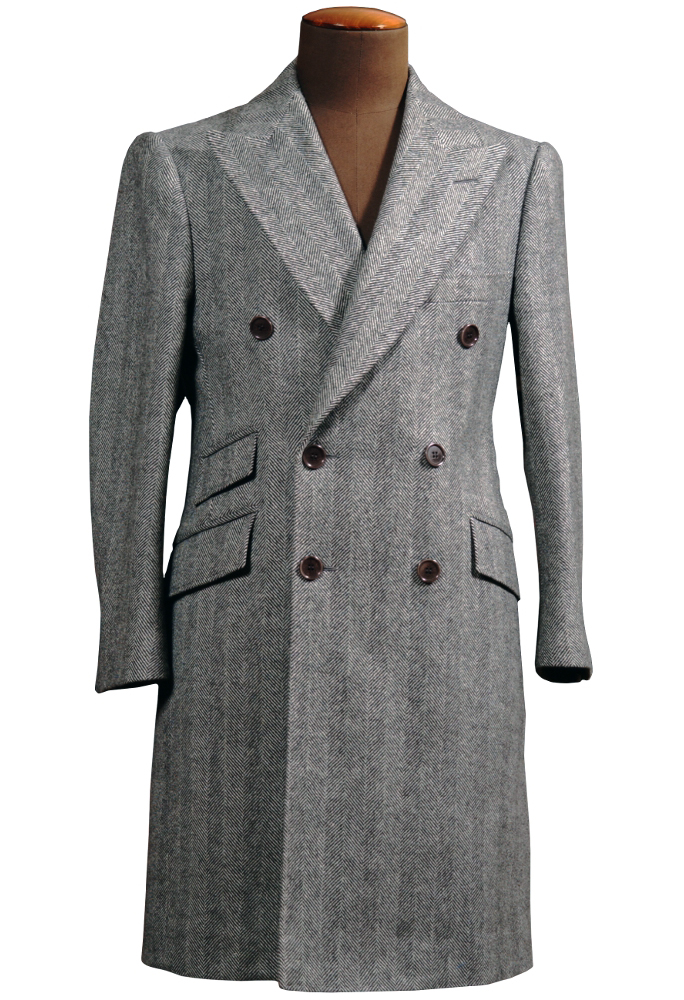 Cifonelli’s modern French glory
Cifonelli’s modern French glory
Photos: vintage, screen cap, Cifonelli
Category Coats | Tags:

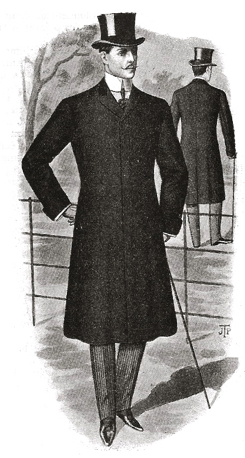
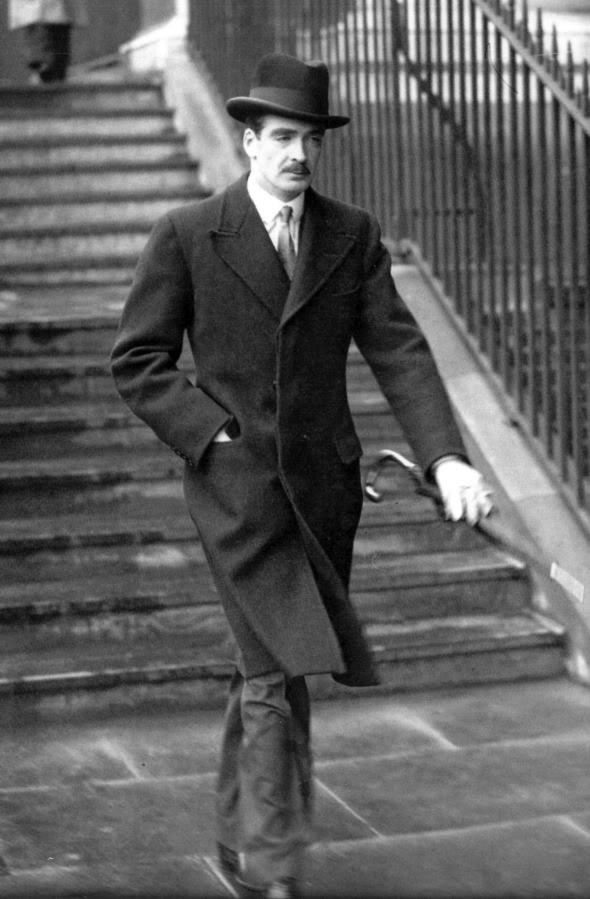
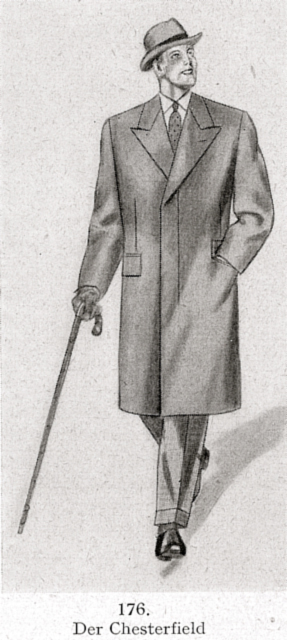
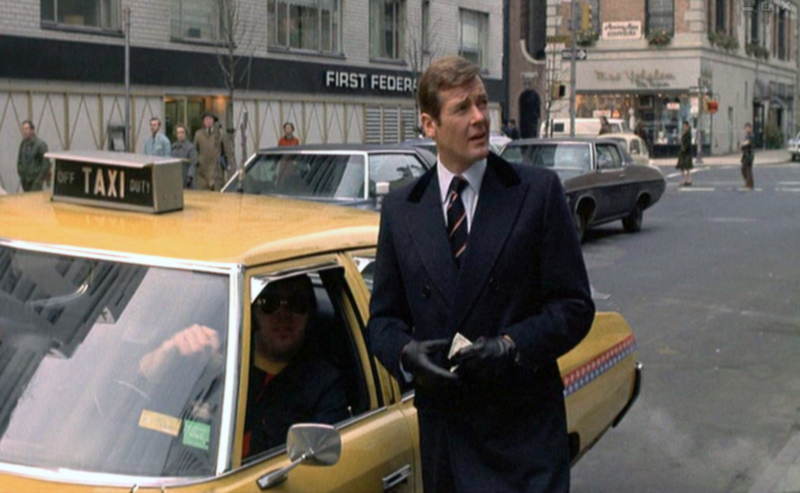


[…] a Chesterfield. The velvet adds flair.” Velvet collared coats were first made popular by the 6th Earl of Chesterfield in the 1840s, but the look is still on point now, adding a suave touch of James Bond […]
[…] Voici un excellent article pour mes lecteurs anglophones, qui relate de façon assez complète l’histoire du Chesterfield : lien de l’article. […]
[…] a Chesterfield. The velvet adds flair”. Velvet collared coats were first made popular by the 6th Earl of Chesterfield in the 1840s, but the look is still on point now, adding a suave touch of James Bond […]
The true Chesterfield Overcoat is the most beautiful top caot a man of style and class can own. I’ve seem many imitations and they really don’t do this classic any justice, I refuse to own a fake. My Chesterfield is closer to the style that the actor Roger Moore dorned in one of his James Bons movies. It does have the real velvet collar, it’s a herringbone tweed with a single center button in the front. The lapels are semi-peaked. Of course I had it made.
I get more compliments on that coat thanany of the topcoats I own and I own about 15 topcoats. I do wear mine with a Stetson Homburg hat
The top coat on this page is a great looking garmet too!